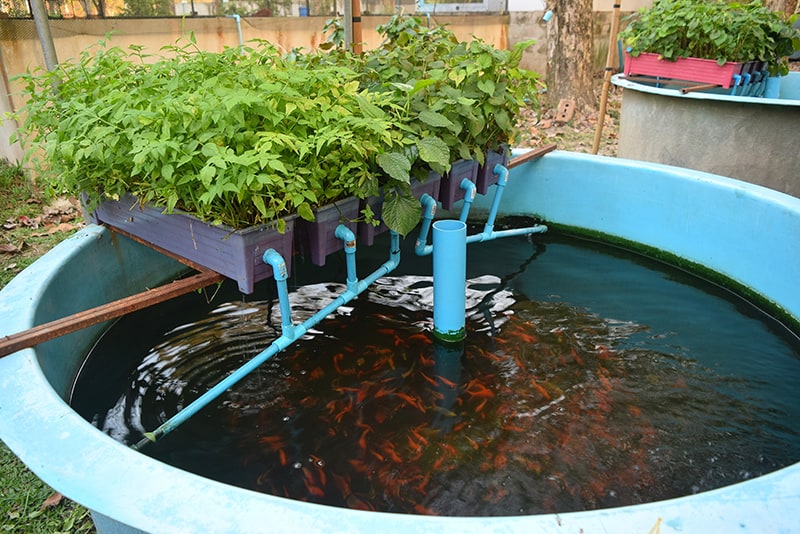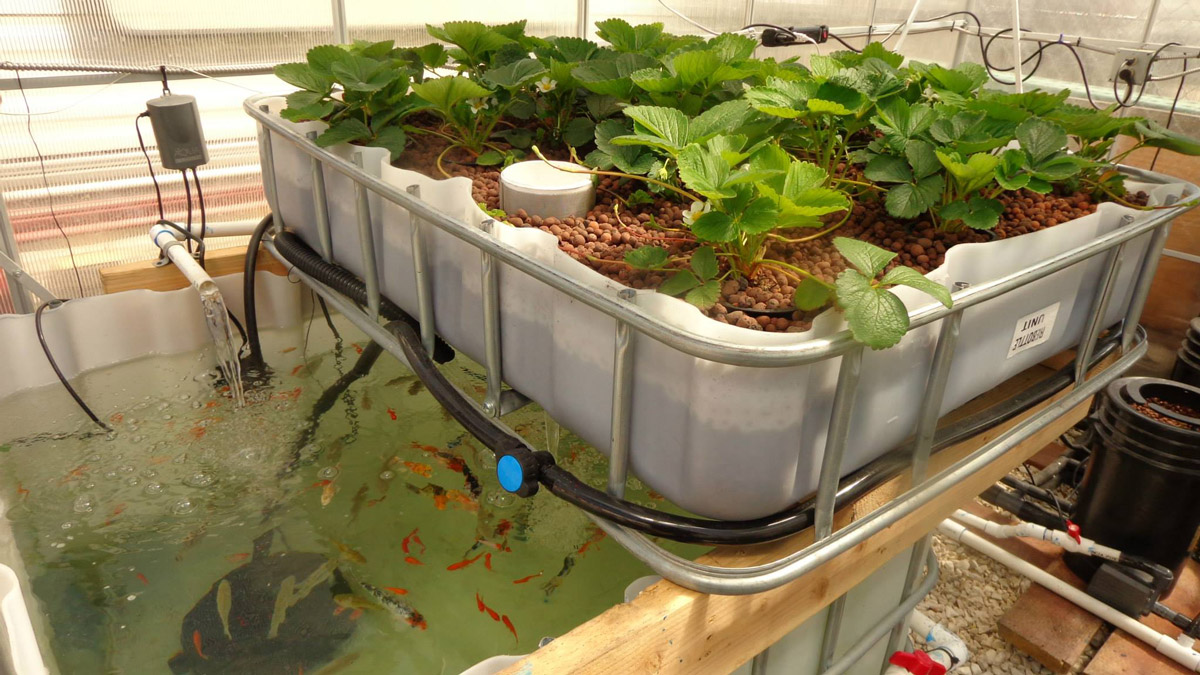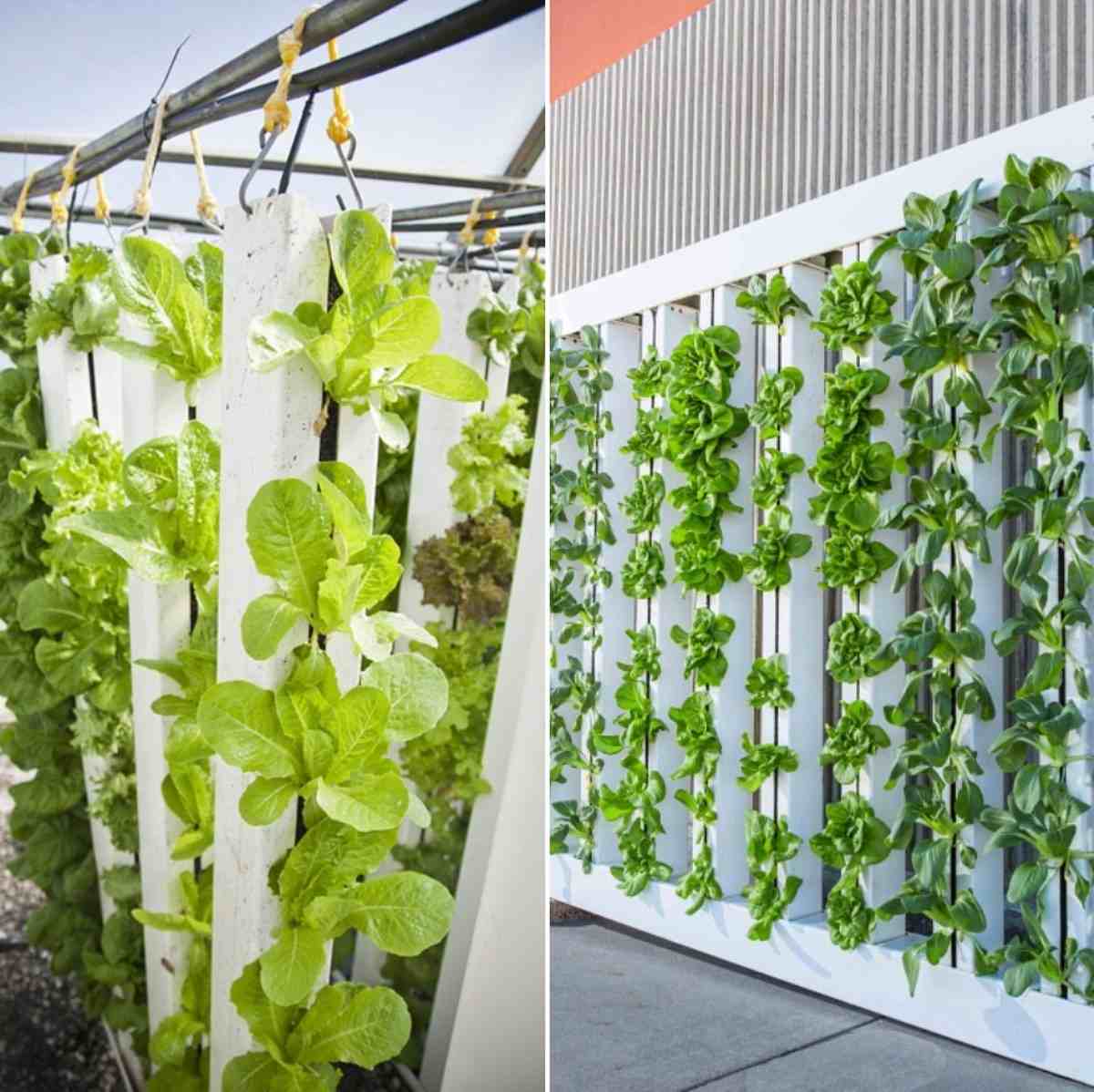How to Start an Aquaponic Garden at Home

Imagine a garden where plants thrive without soil, and fish swim happily in crystal-clear water. This isn't a scene from a futuristic movie; it's the reality of aquaponics—a sustainable, eco-friendly way to grow organic produce right in your own home. If you're intrigued by the idea of combining hydroponic gardening with fish farming, read on to discover how to start an aquaponic garden at home.
Understanding Aquaponics
Aquaponics is a symbiotic system where plants and fish coexist in a mutually beneficial environment. The fish produce waste, which is converted into nutrients by beneficial bacteria. These nutrients are then absorbed by the plants, which in turn filter the water for the fish. It's a closed-loop system that mimics natural ecosystems, making it an ideal choice for urban farming enthusiasts.
Why Choose Aquaponics?
Aquaponics offers numerous advantages over traditional gardening methods. It requires less water, no soil, and minimal space, making it perfect for urban dwellers. Plus, you get to enjoy fresh, organic produce and potentially even fresh fish. It's a win-win situation!
Setting Up Your Aquaponic System
Choosing the Right System
Before you dive in, you need to decide on the type of aquaponic system that suits your needs. The three most common types are:
- Media-Based Systems: These use a growing medium like gravel or clay pebbles to support the plants. They are simple and great for beginners.
- Nutrient Film Technique (NFT) Systems: In these systems, plants are grown in channels with a thin film of nutrient-rich water flowing through them.
- Deep Water Culture (DWC) Systems: Also known as raft systems, these involve floating plants on a raft in a deep tank of water.
Essential Components
Regardless of the system you choose, you'll need a few key components:
- Fish Tank: This is where your fish will live. The size of the tank depends on the scale of your operation.
- Grow Bed: This is where your plants will grow. It can be made of various materials, but it should be sturdy and waterproof.
- Pump and Filtration System: These ensure that water circulates properly and that waste is filtered out.
- Air Pump and Stones: These provide oxygen to the water, keeping your fish healthy.
Selecting Your Fish
Choosing the right fish is crucial. Popular choices include tilapia, goldfish, and koi. Consider factors like temperature requirements, growth rates, and compatibility with your chosen plants.
Choosing Your Plants
Not all plants thrive in an aquaponic system. Leafy greens like lettuce, spinach, and herbs are excellent choices. Avoid root vegetables and plants that require a lot of nutrients.
Setting Up Your Aquaponic Garden
Step-by-Step Guide
- Assemble Your System: Start by setting up your fish tank and grow bed. Ensure they are level and secure.
- Install the Pump and Filtration System: Connect the pump to the filtration system and ensure water can flow freely between the fish tank and grow bed.
- Add Water and Fish: Fill the tank with water and introduce your fish. Allow the system to cycle for a few weeks to establish beneficial bacteria.
- Plant Your Seedlings: Once the system is cycled, plant your seedlings in the grow bed.
- Monitor and Maintain: Regularly check the pH levels, temperature, and nutrient levels to ensure optimal conditions.
Maintaining Your Aquaponic Garden
Daily Tasks
- Feed Your Fish: Regular feeding is essential for the health of your fish and the nutrient levels in your system.
- Check Water Quality: Monitor pH, ammonia, and nitrate levels to ensure they are within safe ranges.
Weekly Tasks
- Clean Filters: Regularly clean your filters to prevent clogging and ensure efficient water flow.
- Inspect Plants: Check for pests, diseases, and any signs of nutrient deficiencies.
Monthly Tasks
- Test Water: Conduct a more thorough water test to ensure all parameters are within optimal ranges.
- Harvest and Replant: Harvest mature plants and replace them with new seedlings.
Troubleshooting Common Issues
Algae Growth
Algae can be a problem in aquaponic systems. To prevent it, ensure your system gets enough light but not too much. Regular cleaning and maintaining proper nutrient levels can also help.
pH Imbalances
pH levels should be between 6.0 and 7.0. If they are off, you can adjust them using pH up or down solutions. Regular testing is key to catching imbalances early.
Fish Health
Healthy fish are crucial for a successful aquaponic system. Ensure your fish have a balanced diet and a clean environment. Regularly inspect them for signs of disease.
Conclusion
Starting an aquaponic garden at home is a rewarding and sustainable way to grow organic produce. With a bit of planning and maintenance, you can create a thriving ecosystem that benefits both you and the environment. So, why not take the plunge and start your own aquaponic adventure today?
FAQs
What are the best plants for an aquaponic system?
- Leafy greens like lettuce, spinach, and herbs are ideal for aquaponic systems. Avoid root vegetables and nutrient-heavy plants.
How often should I feed my fish?
- Feed your fish daily, but avoid overfeeding. Uneaten food can lead to water quality issues.
What is the ideal pH level for an aquaponic system?
- The ideal pH level is between 6.0 and 7.0. Regular testing and adjustment are essential to maintain this range.
How do I prevent algae growth in my aquaponic system?
- Ensure your system gets the right amount of light, clean filters regularly, and maintain proper nutrient levels to prevent algae growth.
Can I use any type of fish in my aquaponic system?
- Not all fish are suitable for aquaponics. Popular choices include tilapia, goldfish, and koi. Consider factors like temperature requirements and growth rates when selecting your fish.


By following these guidelines, you'll be well on your way to creating a thriving aquaponic garden at home. Happy growing!
0 Response to "How to Start an Aquaponic Garden at Home"
Post a Comment